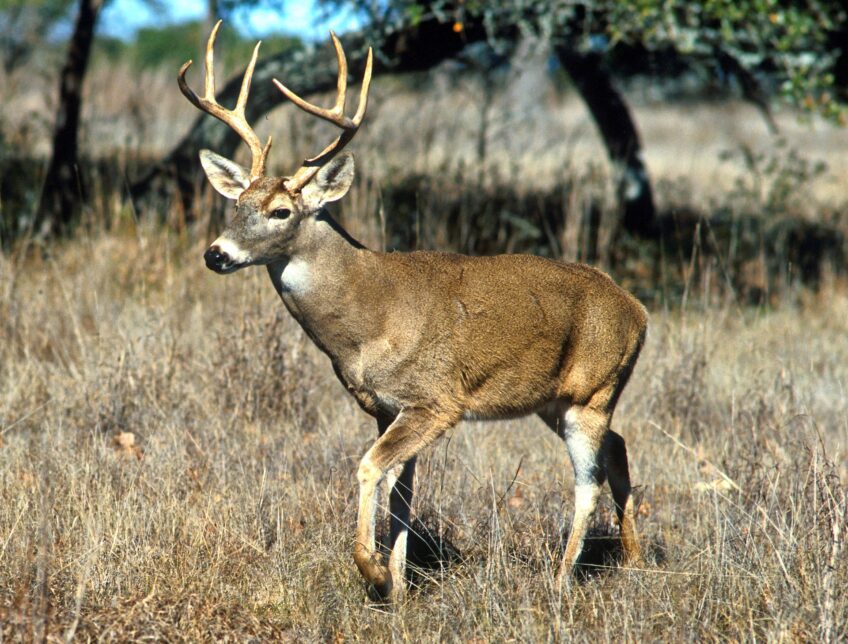White-tailed deer hunting trips are a popular activity for hunting enthusiasts across the United States. With its beautiful and diverse terrain, the country offers a range of options for deer hunting, each with its unique challenges and rewards.
From the dense forests of the East Coast to the wide-open prairies of the Midwest, white-tailed deer hunting trips can provide a thrilling and rewarding experience for hunters of all levels of experience. Whether you’re an experienced hunter looking for a new challenge or a beginner looking to try your hand at deer hunting, these trips can offer a memorable and exciting adventure.
In this guide, we’ll cover everything you need to know to plan and execute a successful white-tailed deer hunting trip, from choosing the right location to selecting the right equipment and preparing for the hunt. So whether you’re a seasoned pro or a first-timer, read on to learn more about the exciting world of white-tailed deer hunting trips.
Research
Research is the cornerstone of any successful hunting trip. Understanding the behavior of white-tailed deer, their habitat and the best techniques are all important considerations.
In this section, we will discuss how to research white-tailed deer and how to turn that research into a successful hunting trip.
Learn about the white-tailed deer
White-tailed deer are the smallest members of the North American deer family and can be found from southern Canada to South America. Of the hundreds of subspecies of white-tailed deer, only a few are considered native to North America. These deer are characterized by their reddish-brown coats and white underbellies. They have large, distinctive tails with a white underside compared to a dark top side.
White-tailed deer live in many different habitats from forests, coastal areas, and mountain and grassland habitats. The animals generally travel in small herds and are mainly active during the day and night time hours. Although some may remain in packs for much of their lives, most move independently throughout their ranges. White-tailed deer can reach speeds up to 30 miles per hour when fleeing danger or chasing prey.
Hunters targeting these small ungulates should take extra care when hunting them as they rarely form patterns and often change direction unexpectedly while running away from pursuers or hunters. When stalking these animals in the wild, they tend to be more alert than other species due to their excellent sense of hearing and vision which gives them an advantage over predators as well as hunters seeking trophies or food sources.
Research hunting regulations and laws
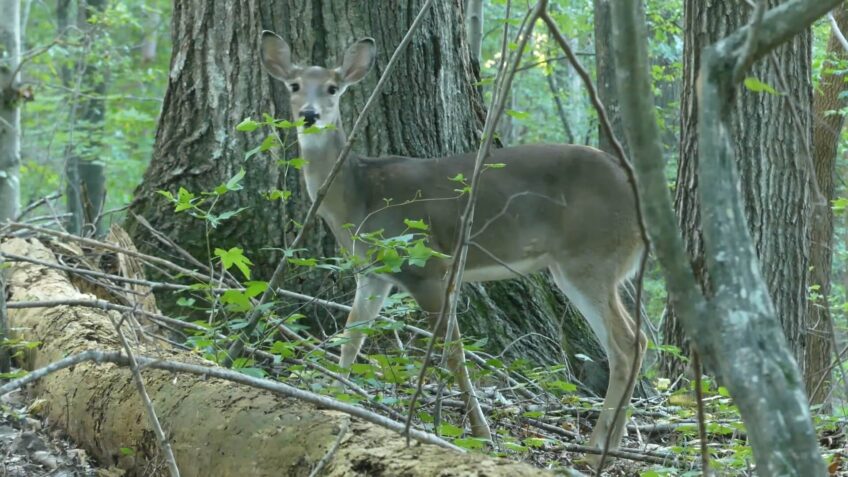
It is important to research local, state, and federal laws and regulations. It is the responsibility of all hunters to know and understand all applicable rules governing the area they are hunting in — including licensing requirements, season lengths, weapon types, and more.
Researching local regulations can help to ensure an enjoyable, rewarding experience. All hunters need to obtain any necessary permits before they embark on their trip. For many areas, there are two main categories of state licenses — deer hunting licenses and general hunting/fishing licenses.
Depending on the regulations for each area, specific licenses may be required to hunt either antlered or antlerless deer, or both. Be sure to familiarize yourself with any additional requirements such as length of stay limits or bag limits set by each jurisdiction you plan on visiting.
In addition to researching state laws for each location you plan on visiting, don’t forget about federal regulations that govern it on public property such as national forests and wildlife refuges. It is important that hunters review these rules before heading out in order to remain compliant with all applicable laws.
Finally when planning it make sure you are properly prepared—such as bringing gear suitable for varying weather conditions—and that you abide by safety precautions while in the field such as wearing bright colors during all hunts in order to make sure other hunters can easily spot you even at a distance!
Research the best locations for hunting
Once you’ve determined that this trip is for you, the next step is to conduct some research. Whether you choose to hunt on public land or a private hunting preserve, the key to success is finding the right spot.
To start, look into which states are home to the highest populations of deer. In the U.S., this includes Texas with it’s exotic hunting ranches, Mississippi, Iowa, and Pennsylvania. Next, consider whether you would like an open landscape or feel more comfortable with a more enclosed area depending on your experience hunting and personal preference.
Public lands can range from open prairies and grasslands to dense forests with thick logging roads winding through them. Private preserves may also offer these landscapes depending on their size and scope.
Once you have identified a few states where white-tailed deer are prominent, it’s important to research the regulations for each one before embarking on your hunting trip. Regulations will vary from state to state regarding things such as when and where you may hunt certain species, and how long you can stay in each place if there are any limits or restrictions on harvesting deer of various ages or gender.
These rules ensure regulations remain in place for sustainable populations of wildlife in specific areas but can be difficult to navigate because they change so frequently. Be sure to clarify all of these details before heading out so that your hunt remains legal and enjoyable!
Preparation
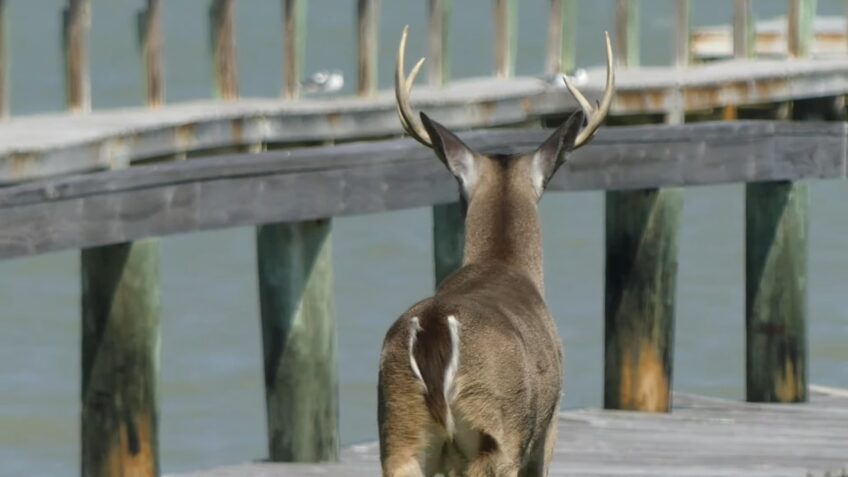
These trips require a great deal of preparation. Knowing the terrain, local game laws, the right gears, and strategies are essential to make it a successful hunt.
This section will provide information on the necessary steps to take before embarking on a white-tailed deer hunting trip.
Purchase the necessary gear
Before setting out on a white-tailed deer hunting trip, it’s important that you have all of the necessary equipment. This includes a firearm and ammunition, camo clothing including boots and gloves, a hunter orange vest and hat, a hunting knife, a lens cleaning system for your optics, scent elimination products, proper range finder equipment, binoculars or spotting scopes and other accessories. Purchasing quality items will ensure comfort while hunting as well as success. Outdoor retailers typically offer items geared specifically toward hunters.
Additionally, you will need to ensure that you have carved out enough time in your schedule for the hunt. If needed to save time and energy some white-tailed deer hunts can be conducted from an ATV providing an easier way to quickly travel through areas during long days. Depending on the state regulations for California sun protection heads should also be worn whenever necessary depending on weather conditions.
Obtain the necessary permits
Before you embark on your trip, it is important to ensure that you have obtained all the required permits for hunting deer in your state. Depending on the state, a hunter safety certificate or proof of completion from an approved hunter safety class may be required. In addition, depending on where you are hunting and the type of weapon used – bow or gun – you may need to obtain different permits.
For firearm hunting, a license is necessary and will include either 1) a valid Archery Stamp for bow-only; 2) a valid Firearm Type A Stamp for firearms; and/or 3) a valid Combo Type B Stamp, which is only required when both types of licenses are being used together. All these stamps can be purchased at an approved vendor prior to your hunt.
In some states, they will also require a Habitat Stamp or Endorsement along with their licenses and game tags as additional requirements for it. Non-residents may need to obtain additional permits from the county clerk’s office of the county in which they’ll be hunting (usually found in corrals near city hall). Make sure to check with local wildlife authorities for any specific rules and regulations regarding white-tailed deer hunting in the area.
Practice shooting
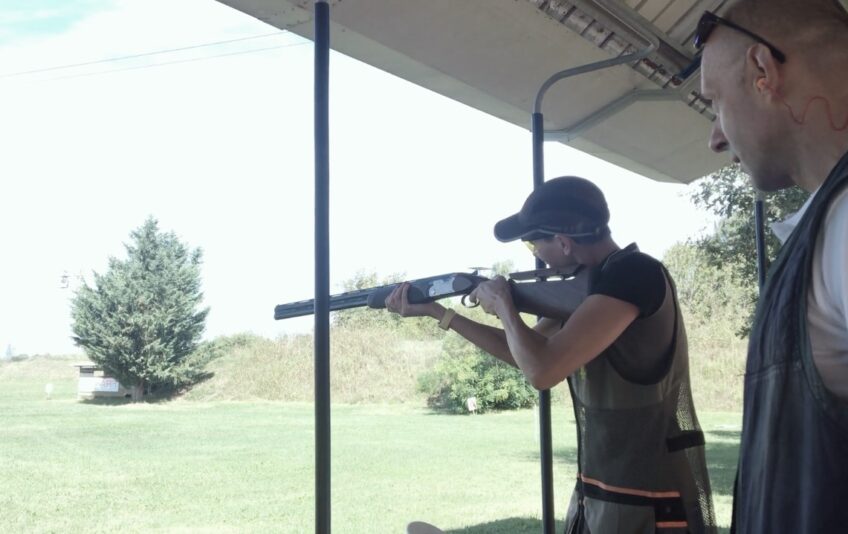
Practicing shooting is an important part of a successful white-tailed deer hunting trip. Regular practice will help improve your form, accuracy, and confidence. Before practicing, you should acquire the proper equipment and become familiar with the rules of gun safety to ensure everyone’s safety.
Make sure to choose a safe place for practice, such as a firing range or field with no residential housing adjacent to it. At the minimum, use something that is thick enough to catch bullets such as dirt banks or hay bales.
Consider bringing along several targets such as clay pigeons, balloons filled with water, or paintballs and set them up at varying distances from 10-100 yards away in order to simulate a real hunt situation. You may also want to buy biodegradable paper bulls-eye targets or rubber mats made especially for archery or firearm use so you can see your shots’ impact points on the target.
To ensure accuracy and proficiency with your firearm ahead of time, try firing at ranges similar to those used during big game hunts — 50-225 yards — during warm weather conditions when possible since animals won’t stay still long enough in cold weather hunts to guarantee a good shot opportunity.
Practice sessions should be done periodically throughout the year leading up to your white-tailed deer hunting trip and should continue after each hunt — so long as the weather permits— for improved technique and shooting skills throughout your life as an outdoorsman/woman!
Trip Planning
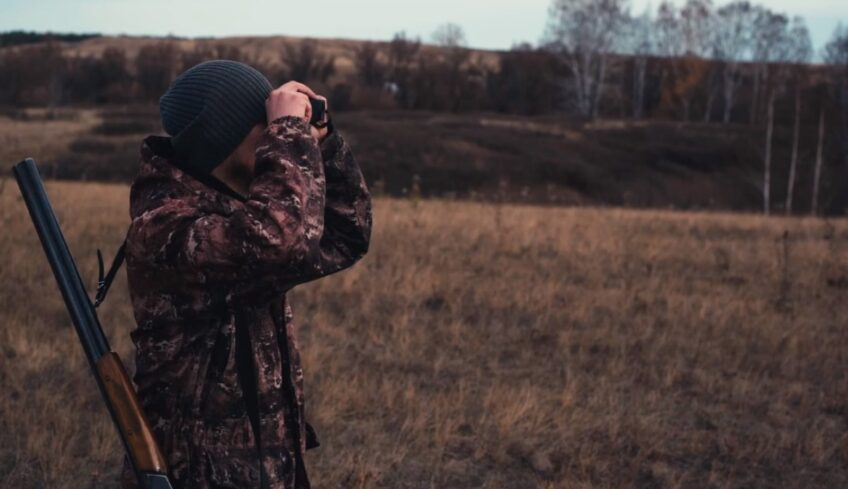
Planning the perfect white-tailed deer hunting trip can be a lot of fun, but it is also a lot of work. You need to consider the location, the gear, the time of year, and the type of hunt you want to do. Once you know what your desired outcome is, it is time to start planning your trip.
This section will discuss tips for planning your trip to ensure it’s as successful as possible.
Choose a destination
One of the most important aspects of a successful white-tailed deer hunting trip is careful planning and the selection of an appropriate destination. Before you decide on a destination, consider what type of terrain and climate you’re most interested in.
Be sure to research local laws to check for any special regulations regarding seasons and bag limits. Additionally, it’s important to be aware of any potential hazards that may be associated with your destination, such as dangerous wildlife or environmental issues.
When selecting a hunting ground, take into account how accessible the location will be based on where you live. Consider the amount of gear that needs to be transported and what mode or modes of transportation will best suit your needs.
If possible, talk to other Deer Hunters who have hunted in the area that you’re considering; they can provide helpful insights into regions they feel are worth targeting or avoiding altogether.
Be sure to plan ahead by factoring in other elements such as scheduling scouting trips prior to opening day; purchasing permits (which may require advanced preparation); reserving lodging and gear consideration; finding reliable guides and transport services; arranging for proper storage solutions for clothes, weapons, decoys, blinds, etc.; and making food plans for meals during the duration of your stay.
Making these preparations ahead of time helps ensure that unnecessary roadblocks don’t impede progress on opening day as well as provides the greatest potential for securing a successful hunt!
Plan the route
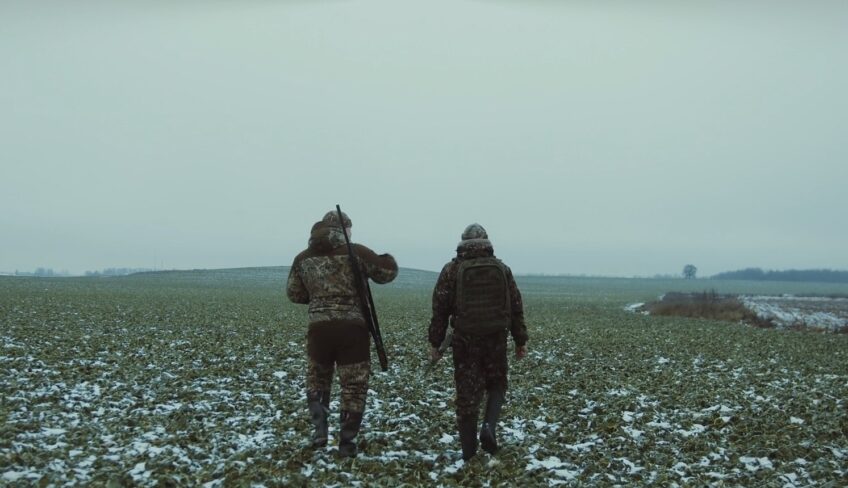
In order to make your trip a success, it is important to plan the route in advance. It is advisable to find out about areas that are known for having healthy White-tailed Deer herds and plan accordingly.
It is also important to become familiar with local regulations governing the hunting of White-tailed Deer in the area you plan on hunting. Regulations vary from state to state, so it is important to get up-to-date information before planning your trip. Additionally, pay attention to any special rules that might apply in the specific area you plan on visiting.
Once you have determined where you will be going, map out your route accordingly. Consider factors such as distance and convenience when creating your itinerary, especially if you are traveling by vehicle. Make sure that your route will take you through areas with high chances of encountering deer. Also, take note of areas where there might be a higher chance of human presence as this could impact the amount of deer present in an area.
Finally, prepare for various weather conditions and temperatures as they could influence deer activity or cause difficulties with transportation and logistics during your trip. Accurately planning routes will ensure that you maximize your potential while having a successful and enjoyable experience!
Make reservations
Before embarking on your trip, it is important to make the necessary reservations. Depending on where you plan to go, this could include lodging accommodations, permits, and vehicle rentals. A few weeks before departure is the perfect time to start making reservations so there is plenty of time for changes or rearrangements if needed.
Lodging: Begin your search for lodging early as different locations have different policies and availability. For example, some lodges may require a full week booking minimum even during low season months.
Make sure to ask about amenities such as meals that may be included in your package, especially during peak season as this could prove to be an economical choice. Additionally, inquire about pet policies and whether or not children are allowed at the lodge.
Permits: Before purchasing any permits it is important that you check with the regulations and laws in the area or region you plan to hunt white-tailed deer in as they can vary greatly from one location to another. Many states offer a combination package that allows hunters multiple options within their permit restrictions depending on where they plan on going.
Vehicle Rentals: Booking a vehicle rental can be tricky depending on the size and availability of specific vehicles within a particular area – especially if traveling outside of city limits so it’s best not to leave this step until just before departure. Don’t forget any necessary accessories such as navigation systems or car seats if traveling with children – these are often an additional fee but will make your travel much easier!
During the Trip
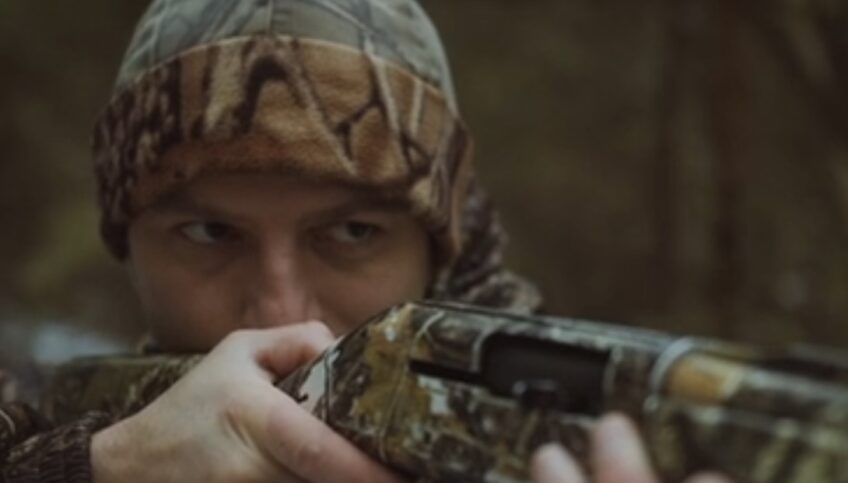
During the hunting trip, you will need to be prepared for the outdoors and be attentive to your surrounding environment. To help you have a successful and enjoyable trip, you should know some of the basics before you go.
Follow safety guidelines
When planning a white-tailed deer hunting trip, it’s important to take necessary safety precautions. Hunting grounds are often expansive and unfamiliar so it’s essential to acquire a detailed map of the area and keep your group updated on their location throughout the duration of their trip. It’s also important to wear appropriate clothing that is made of durable, waterproof material, as well as wear a reliable GPS tracking device or bring a compass.
Every hunter should always carry some type of first aid kit in case accidents do occur. Beyond that, applicable hunter’s education courses may be available depending on the location you choose; be sure to research these classes prior to booking your trip in order to optimize everyone’s experience while ensuring maximum safety.
Track the deer
When you are out hunting for white-tailed deer, it is important to know where the deer roam and which paths they have been taking. Identifying the travel for a herd can help hunters understand which areas will provide the best opportunities for seeing and harvesting deer.
The best way to monitor the movements of a herd is by tracking. This can involve noticing tracks from prints in mud or snow, observing disturbed foliage like broken twigs or grass, and searching for other signs of activity like scat, antlers, or rubs on trees. Additionally, having good knowledge of your hunting ground featuring terrain maps with routes and trails highlighted will further your ability to follow the herds’ movements.
It’s also important to remember that it takes practice and commitment to get out into the woods to develop a deeper understanding of how wildlife populations inhabit an area. Over time you’ll get better at identifying what type of animal created a particular track or rub on a tree and where they may next head off to as their range shifts over time with seasonal changes.
Stay patient and alert
When you are out white-tail deer hunting, staying patient, calm, and alert is key to having a successful hunt. Sitting still and being aware of your surroundings will help you more easily spot approaching white-tailed deer. The time and effort to maintain this level of vigilance during the hunt can often be underestimated and it’s important to be aware of this before embarking on your trip.
When hunting with a gun or bow, it is important to practice firing at a target prior to beginning the hunt. This will increase the chance of success on shots taken at moving targets. Becoming familiar with the sights, feel, and sound of weapons being used for hunting can also improve accuracy when faced with a shot opportunity.
It is also beneficial to be prepared for sickness or injury during your trip. Carrying first-aid supplies and medicines may save valuable time if medical assistance is needed quickly. It’s also important to check both local laws for hunting regulations as well as details about property boundaries before starting off on your trip; this will guarantee that all legal rules are observed throughout the hunt.
Finally, keeping confidence up during a long wait while in pursuit can be challenging; maintaining focus while in nature through activities such as bird watching or identifying animal tracks will keep hunters productive while waiting patiently for their shot!
After the Trip
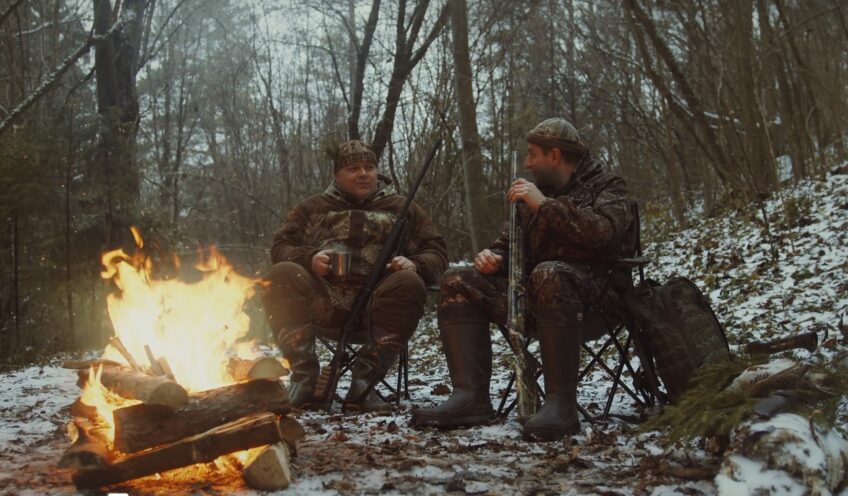
After a white-tailed deer hunting trip, you will need to take certain steps to ensure that the deer meat is handled properly.
Additionally, you’ll need to take care of any harvested antlers and make sure that your hunting gear is properly cleaned and stored.
Clean and store the gear
Once the hunt is complete and you’ve brought home your game, the next important step is to clean and store your gear correctly. Doing so will help ensure that you’ll be able to rely on your equipment season after season. Here are a few tips for maintaining your gear after a white-tailed deer hunt:
- Clean firearms immediately after returning from a hunt. This involves stripping them down, cleaning individual pieces with gun solvent, and oiling or waxing all metal surfaces inside and out.
- Wooden stocks should be cleaned and treated with light linseed oil or other preservatives designed specifically for gun stocks Ensure that all bolts on long guns are properly tightened before storing them away.
- Check bows for nicks in their strings, limbs, cams, and cables. Check limbs for excessive wear marks and inspect the riser for cracks. Have a professional archery technician check any item of concern before using it again in the field.
- Reels should be disassembled and dried of any grease or mud before being stored in their cases when not in use. Inspect reels periodically to make sure that gears do not need to be replaced due to wear or damage due to saltwater exposure (if fishing).
- Store camo clothing by hanging it up off the ground and away from sunlight which can fade its color. Dry clothes completely before storing them away from moisture or mildew as this can lead to pungent odors at best and potential health issues at worst. Spray camouflage clothing with an odorless scent inhibitor before storage if desired.
Process the meat
After successfully completing your white-tailed deer hunting trip, it’s time to process the meat. Because deer can carry bacteria, it’s important to begin processing the meat as soon as possible and store it in a refrigerator or freezer.
Processing meat will allow you to store the meat for future meals, like delicious venison burgers. Processing the meat properly helps ensure that it is safe for eating; if done improperly, bacteria and disease can spread rapidly.
To prepare the deer, drain all visible blood when removing body parts such as the head, legs, and backstraps. Use curable knives when processing to prevent the spreading of any germs. Remove all fat and gristle from the deer so that only lean cuts of processed meats remain.
Additionally, trim any parts of the flesh that may have been damaged due to gunshot wounds or other damage while field dressing your animal. Once complete, separate non-edible parts of the carcass including hooves and horns in sealed plastic bags before disposing of them correctly at an appropriate dump site.
Next, debone any large cuts of meat from your animal after separating from hide and fur with skinning knives or similar tools; skinning knives are also very useful in breaking down smaller muscle sections such as neck or shoulder muscles individually if desired for further processing into roasts or steaks.
After cutting away all bones, rinse off pieces of meat with cool water to remove debris from its surface before wrapping each cut separately in a tight cling film material with butcher paper layered over each piece before storing them in cold temperatures until ready for use (about 45ºF).
Finally, cook your delicious fresh game meats using careful temperature monitoring within recommended safe ranges – such as 135ºF for whole birds and 145ºF minimum set baking temperatures on roasts – to ensure flavorful meals free of harmful bacteria!
Share the experience with others
It’s always fun to relive the adventures with family and friends. A great way to share the experience with others is to make a memento of your trip that reflects its unique stories. Crafting a scrapbook or photo album can be an excellent way to remember all the remarkable moments that took place during your excursion.
When creating your memento, make sure that you include date stamps and comments about specific events, such as weather conditions or wildlife sightings. Other ideas for commemorating your adventure include collecting wildlife prints from local art galleries, journaling about what you experienced, depositing shells in a vase for display at home, or using natural treasures like rocks and driftwood in crafting projects as reminders of where you’ve been.
It’s also nice to bring back souvenirs for family and friends — maybe something special that you spotted on the trip. It could be a piece of jewelry featuring a claw or an animal bone found along one of your travels — whatever symbolizes special memories of the time spent outdoors!
While honing your skills for white-tailed deer hunting with our ultimate guide, consider broadening your outdoor expertise by checking out our expert guide to ice fishing on the Mississippi River for a truly immersive experience.
FAQs
What type of firearm should I use for white-tailed deer hunting?
The type of firearm used for white-tailed deer hunting depends on personal preference and the regulations of the area, but commonly used firearms including shotguns, rifles, and muzzleloaders.
What type of ammunition should I use for white-tailed deer hunting?
The type of ammunition used for white-tailed deer hunting should be appropriate for the firearm and meet any regulations for the area.
What is the best way to track and locate white-tailed deer?
The best way to track and locate white-tailed deer is by scouting the area ahead of time, looking for signs of activity, and using binoculars to spot them in the distance.
What should I do if I successfully hunt a white-tailed deer?
If you successfully hunt a white-tailed deer, it’s important to properly field dress and process the deer to ensure safe consumption.
Can I donate excess white-tailed deer meat to food banks or other organizations?
Yes, many organizations accept donations of excess white-tailed deer meat to help provide food for those in need.
What are some ethical hunting practices to follow when hunting white-tailed deer?
Ethical hunting practices when hunting white-tailed deer include following all regulations and restrictions, only taking shots within your skill level, and respecting the natural environment.
What should I do to prepare physically for a white-tailed deer hunting trip?
Preparing physically for a white-tailed deer hunting trip can involve regular exercise and stretching to improve endurance and flexibility, as well as practicing marksmanship with your chosen firearm.
What type of clothing should I wear for a white-tailed deer hunting trip?
The type of clothing worn for a white-tailed deer hunting trip should be appropriate for the weather and include camouflaged or muted colors to blend in with the natural environment.
How can I ensure the safety of myself and others while on a white-tailed deer hunting trip?
Ensuring the safety of yourself and others on a white-tailed deer hunting trip involves following all regulations and restrictions, communicating with other hunters, and practicing safe firearm handling techniques.
Conclusion
In conclusion, white-tailed deer hunting trips offer a unique opportunity for hunting enthusiasts to experience the thrill of the chase in some of the most beautiful and diverse landscapes across the United States.
From the East Coast to the Midwest and beyond, there are a variety of locations to choose from, each with its unique challenges and rewards. However, it’s important to remember that with this exciting experience comes great responsibility, including following all hunting regulations and ethical practices.
By properly planning and preparing for your white-tailed deer hunting trip, you can ensure a safe and enjoyable experience while also respecting the natural environment and the animals you hunt. Whether you’re a seasoned hunter or a beginner, the world of white-tailed deer hunting trips is a rich and rewarding one that can offer a lifetime of memorable experiences.

